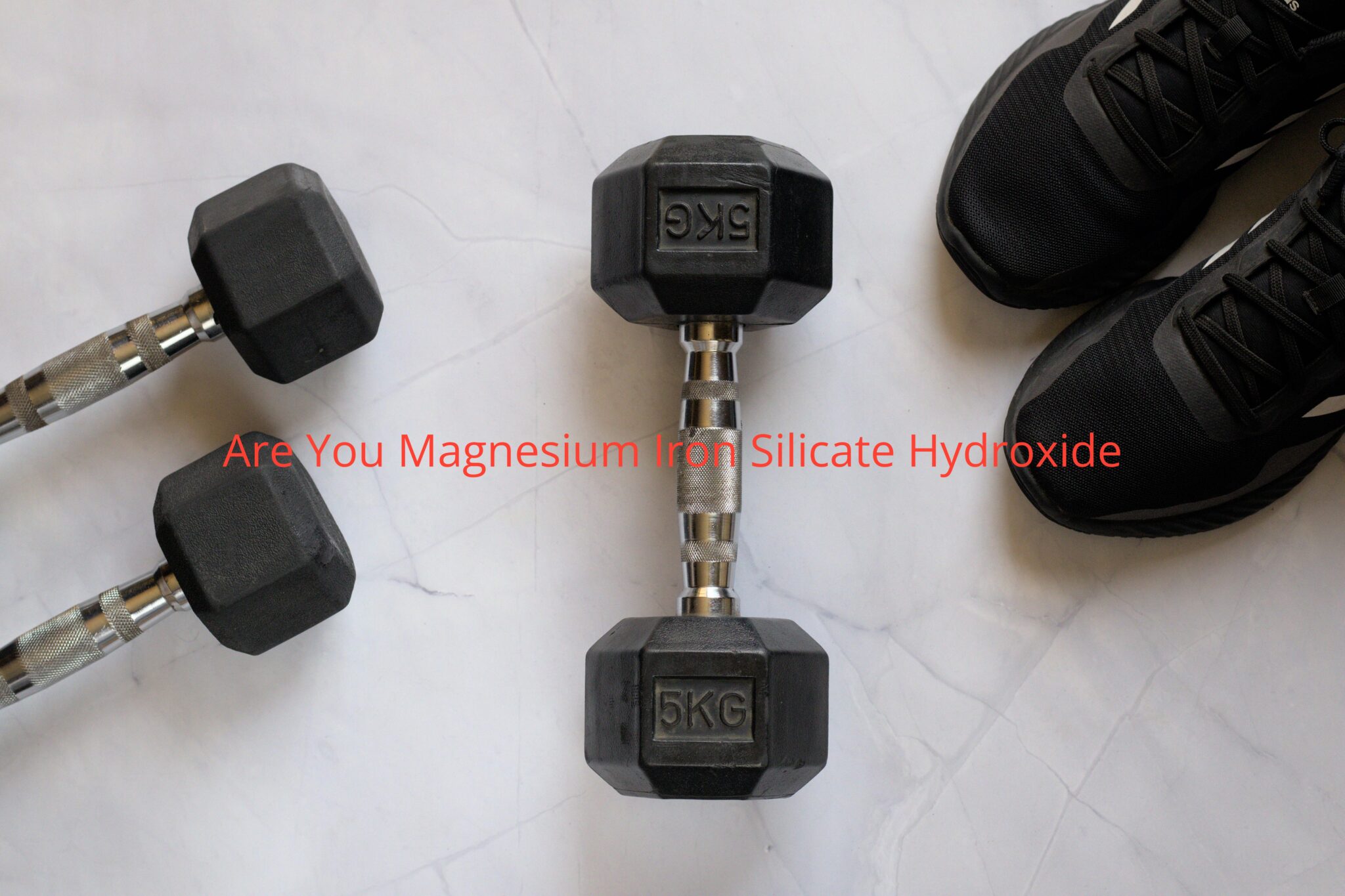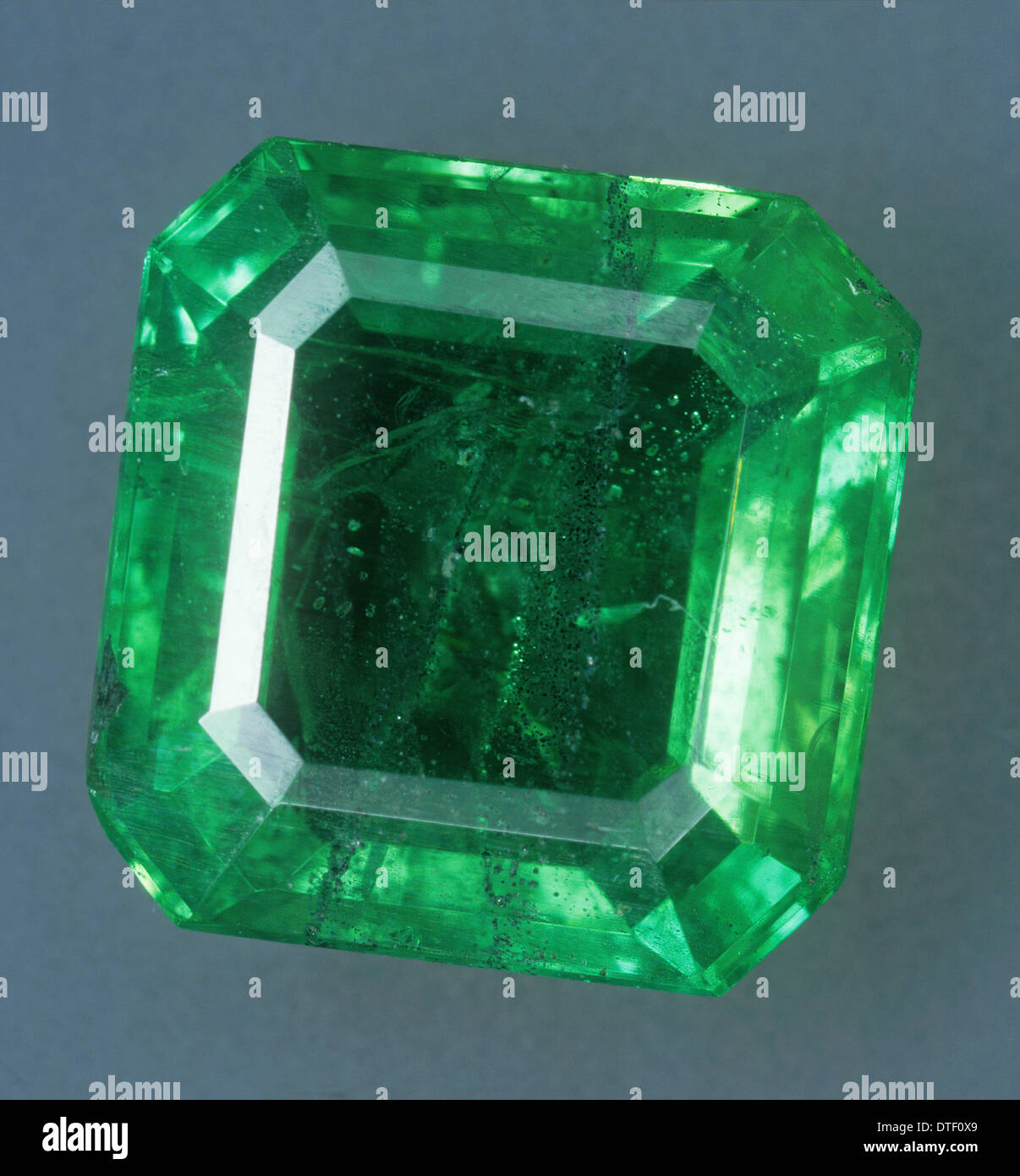Ever wondered what magnesium iron silicate hydroxide is and why it matters? Well, buckle up, because we're diving deep into the world of minerals, chemistry, and their real-world applications. This compound might sound like a mouthful, but trust me, it’s way cooler than you think. Whether you're a science enthusiast, a geologist, or just someone curious about the building blocks of our planet, this article will give you all the juicy details you need.
Now, before we get too technical, let's break it down. Magnesium iron silicate hydroxide is essentially a mineral that plays a significant role in the Earth's crust. It's not just some random compound; it's a key player in geological processes and has practical uses in various industries. Think of it as nature's own multitool, working behind the scenes to shape the world around us.
Why should you care? Well, understanding these types of minerals can help us better comprehend the environment, improve industrial processes, and even pave the way for sustainable technologies. So, whether you're here for knowledge or practical applications, you're in the right place. Let's get started!
- Brian Kilmeade Salary 2024 The Real Deal Behind The Numbers
- Joyce Vance The Remarkable Journey Of A Legal Powerhouse
Understanding Magnesium Iron Silicate Hydroxide: The Basics
First things first, let's talk about what magnesium iron silicate hydroxide actually is. In simple terms, it's a mineral that contains magnesium, iron, silicon, oxygen, and hydrogen. Sounds like a chemistry class, right? But don’t worry, we’ll keep it chill and easy to digest. This compound is often found in metamorphic rocks, meaning it forms under extreme heat and pressure deep within the Earth's crust.
What Makes it Special?
So, what makes magnesium iron silicate hydroxide so unique? For starters, it's part of a group of minerals known as amphiboles. These minerals are like the rock stars of the geological world, with properties that make them incredibly versatile. Here's a quick rundown of what makes them stand out:
- Chemical Composition: The combination of magnesium, iron, silicon, and hydroxide gives it unique properties that other minerals don’t have.
- Structural Flexibility: Amphiboles, including magnesium iron silicate hydroxide, can adapt to different environments, making them super resilient.
- Industrial Uses: Beyond being a geological marvel, this compound is used in everything from construction materials to insulation products.
But wait, there's more. This mineral isn't just a pretty face; it also plays a crucial role in environmental processes. For example, it can help neutralize acidic conditions in soil and water, making it a natural buffer against pollution. Cool, right?
- Goran Viscaronnji263 The Talented Actor Who Stole Hearts On Er And Beyond
- My Chart Uihc The Ultimate Guide To Understanding And Maximizing Your Healthcare Experience
Where is Magnesium Iron Silicate Hydroxide Found?
Alright, now that we know what it is, let's talk about where you can find it. Magnesium iron silicate hydroxide is primarily found in metamorphic rocks, particularly in regions with high tectonic activity. Think mountain ranges, volcanic zones, and deep ocean trenches. These areas are like nature's labs, where the perfect conditions for mineral formation exist.
Key Locations Around the World
Here are some of the top spots where you're likely to stumble upon this fascinating compound:
- The Alps: Home to some of the most beautiful and mineral-rich mountains in the world.
- The Himalayas: Known for their towering peaks and diverse mineral deposits.
- The Pacific Ring of Fire: A hotspot for volcanic activity and mineral formation.
Interestingly, the distribution of magnesium iron silicate hydroxide can vary depending on the geological history of a region. This means that studying its presence can give scientists valuable insights into Earth's past and future.
How is Magnesium Iron Silicate Hydroxide Formed?
Let’s talk about the science behind its formation. Magnesium iron silicate hydroxide forms through a process called metamorphism. This is when existing rocks are subjected to extreme heat and pressure, causing their minerals to change. Think of it like baking a cake; you start with basic ingredients, but the heat transforms them into something amazing.
The Role of Temperature and Pressure
The key factors in the formation of magnesium iron silicate hydroxide are temperature and pressure. Here's how it works:
- High Temperature: Causes chemical reactions that alter the composition of minerals.
- High Pressure: Compresses minerals, changing their structure and properties.
These conditions are typically found deep within the Earth's crust, where tectonic plates collide and create the perfect environment for mineral formation. It's like nature's own pressure cooker, but instead of food, it produces minerals!
Practical Applications of Magnesium Iron Silicate Hydroxide
Now that we’ve covered the science, let’s talk about how magnesium iron silicate hydroxide is used in the real world. This mineral isn’t just a pretty face; it has some seriously practical applications that make it invaluable to various industries.
Construction and Building Materials
One of the most common uses of magnesium iron silicate hydroxide is in construction. Its durability and resistance to heat make it an excellent choice for building materials. For example, it’s often used in:
- Roofing tiles
- Asbestos substitutes
- Fireproofing materials
These applications not only enhance the safety of structures but also contribute to their longevity. Plus, they’re eco-friendly, which is a big plus in today’s world.
Environmental Impact and Benefits
When it comes to the environment, magnesium iron silicate hydroxide is like a superhero. It helps neutralize acidic conditions in soil and water, making it a natural buffer against pollution. This is particularly important in areas affected by acid rain or industrial waste.
Natural Buffer Against Pollution
Here’s how it works: the hydroxide component reacts with acidic substances, neutralizing them and restoring balance to the ecosystem. This process is essential for maintaining healthy soil and water systems, which are vital for plant and animal life.
Moreover, its ability to absorb and retain water makes it useful in erosion control and soil stabilization. So, not only does it clean up the mess, but it also helps prevent future problems. Talk about multitasking!
Health and Safety Considerations
While magnesium iron silicate hydroxide is generally safe, there are some health and safety considerations to keep in mind. Like any mineral, it can pose risks if not handled properly. Here’s what you need to know:
Handling and Exposure
Long-term exposure to fine dust particles of this mineral can cause respiratory issues. That’s why it’s important to wear protective gear when working with it. Additionally, proper ventilation and dust control measures should be in place to minimize risks.
On the flip side, when used correctly, magnesium iron silicate hydroxide can actually improve air quality by trapping harmful particles. So, while there are risks, the benefits often outweigh them when handled responsibly.
Future Research and Developments
The study of magnesium iron silicate hydroxide is far from over. Scientists are continually exploring new ways to use this mineral in innovative applications. From advanced materials science to environmental remediation, the possibilities are endless.
Innovative Uses on the Horizon
Some of the most exciting developments include:
- Using it in nanotechnology for targeted drug delivery.
- Developing new composite materials for aerospace applications.
- Enhancing water purification systems with its natural buffering properties.
These advancements not only push the boundaries of science but also have the potential to revolutionize industries and improve our quality of life.
Conclusion: Why Magnesium Iron Silicate Hydroxide Matters
So, there you have it—a deep dive into the world of magnesium iron silicate hydroxide. From its formation deep within the Earth's crust to its practical applications in various industries, this mineral is truly remarkable. It’s not just a piece of rock; it’s a key player in shaping our planet and improving our lives.
Now, here’s the big question: what will you do with this newfound knowledge? Will you share it with friends, explore it further, or maybe even consider a career in geology? Whatever you choose, remember that understanding the world around us is the first step toward making it a better place.
So, go ahead, leave a comment, share this article, or check out some of our other content. Who knows, you might just discover your next passion project. Thanks for reading, and stay curious!
Table of Contents
- Understanding Magnesium Iron Silicate Hydroxide: The Basics
- What Makes it Special?
- Where is Magnesium Iron Silicate Hydroxide Found?
- Key Locations Around the World
- How is Magnesium Iron Silicate Hydroxide Formed?
- The Role of Temperature and Pressure
- Practical Applications of Magnesium Iron Silicate Hydroxide
- Construction and Building Materials
- Environmental Impact and Benefits
- Natural Buffer Against Pollution
- Health and Safety Considerations
- Handling and Exposure
- Future Research and Developments
- Innovative Uses on the Horizon
- Conclusion: Why Magnesium Iron Silicate Hydroxide Matters



Detail Author:
- Name : Savion McLaughlin
- Username : jordane07
- Email : jaren.deckow@yahoo.com
- Birthdate : 1976-12-15
- Address : 304 Blanca Hills Suite 467 Bettiefurt, WA 93748
- Phone : 629-994-5386
- Company : Konopelski LLC
- Job : Lifeguard
- Bio : Quasi unde et atque recusandae iure. Possimus sequi ex saepe. Iste placeat facilis aut veritatis. Atque voluptate soluta neque unde et blanditiis. Quo facilis et et eveniet.
Socials
facebook:
- url : https://facebook.com/bulah_id
- username : bulah_id
- bio : Praesentium non quas cupiditate facilis.
- followers : 6192
- following : 685
linkedin:
- url : https://linkedin.com/in/bulah_dev
- username : bulah_dev
- bio : Nihil provident voluptas laudantium optio.
- followers : 1971
- following : 2811
